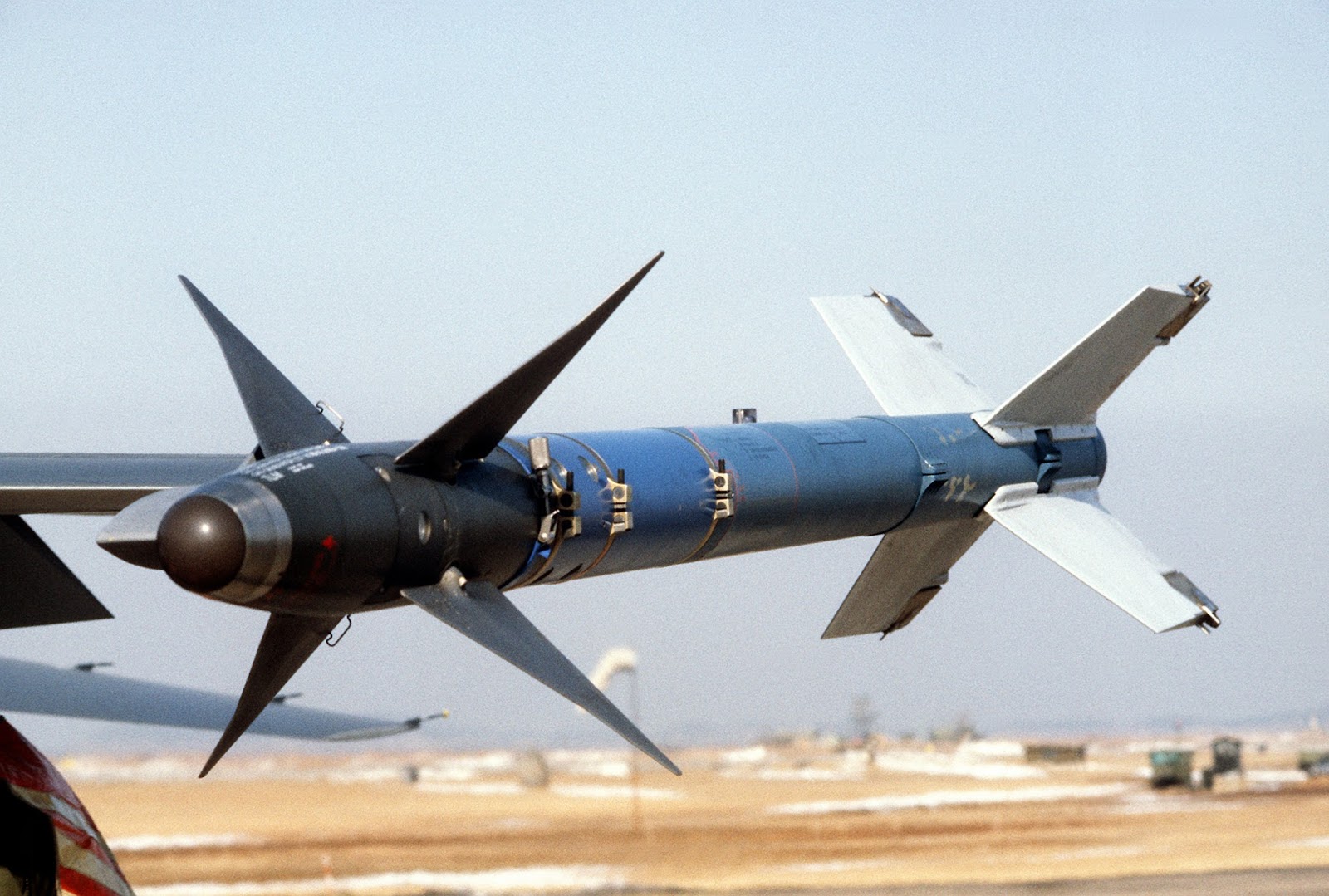Northrop Grumman Systems Corp., Rocket Center, West Virginia, is awarded a $21,009,342 firm-fixed-price contract for the production and delivery of 831 AIM-9M MK 36 Mod 11 rocket motors; 788 motors for the government of Egypt and 43 motors for the government of Jordan. Work will be performed in Rocket Center, West Virginia and is expected to be completed in February 2023. Foreign Military Sales funds in the amount of $21,009,342 will be obligated at time of award, none of which will expire at the end of the current fiscal year. The U.S. Naval Air Systems Command, Patuxent River, Maryland, is the contracting activity.
The subsequent AIM-9M (“Mike”) has the all-aspect capability of the L model while providing all-around higher performance. The M model has improved capability against infrared countermeasures, enhanced background discrimination capability, and a reduced-smoke rocket motor. These modifications increase its ability to locate and lock-on to a target and decrease the chance of missile detection. Deliveries of the initial AIM-9M-1 began in 1982. The only changes from the AIM-9L to the AIM-9M were related to the Guidance Control Section (GCS). Several models were introduced in pairs with even numbers designating Navy versions and odd for USAF: AIM-9M-2/3, AIM-9M-4/5, and AIM-9M-6/7 which was rushed to the Persian Gulf area during Operation Desert Shield (1991) to address specific threats expected to be present.

The AIM-9M-8/9 incorporated replacement of five circuit cards and the related motherboard to update infrared counter-countermeasures (IRCCM) capability to improve 9M capability against the latest threat IRCM. The first AIM-9M-8/9 modifications, fielded in 1995, involved deskinning[clarification needed] the guidance section and substitution of circuit cards at the depot level, which is labor-intensive and expensive—as well as removing missiles from inventory during the upgrade period. The AIM-9X concept is to use reprogrammable software to permit upgrades without disassembly.
The Air Intercept Missile (AIM)-9 Sidewinder is a supersonic, short-range air-to-air missile developed by the U.S. Navy in the 1950s. Entering service in 1956, variants and upgrades remain in active service with many air forces after five decades. The U.S. Air Force purchased the Sidewinder after the Navy developed the missile at China Lake, California. The Sidewinder is the most widely used missile the U.S. Armed Forces, employed on the Navy/Marine’s F/A-18A-D, F/A-18E/F, AV-8B, AH-1 and the Air Force’s F-16, F-15, F-22 and A-10 aircraft. Additionally, the Sidewinder is flown by over 30 international customers on over 12 different types of aircraft.















